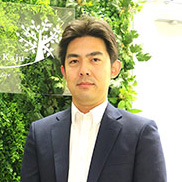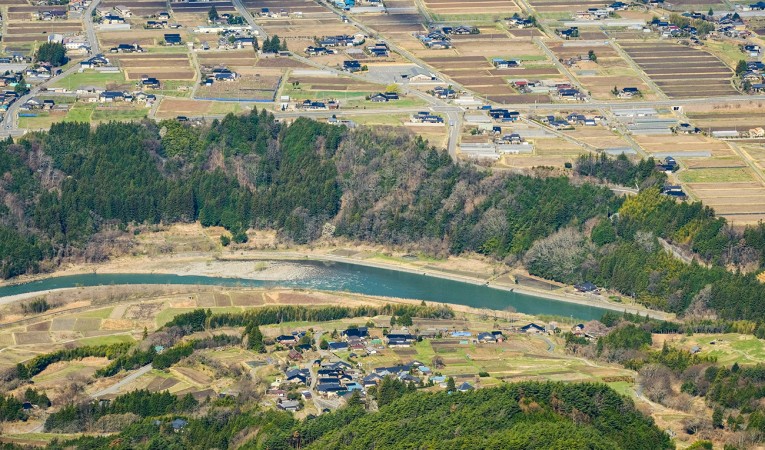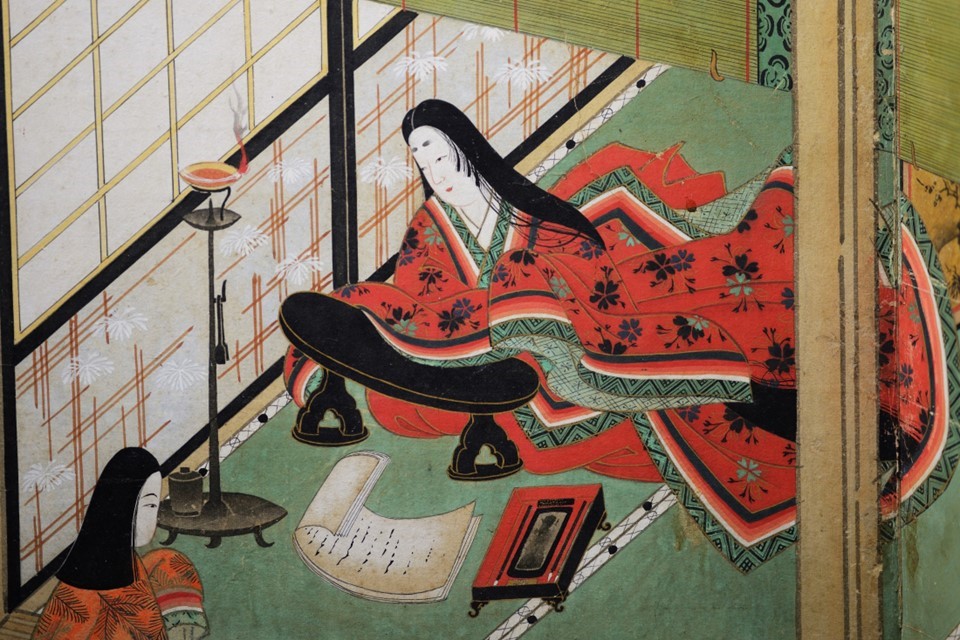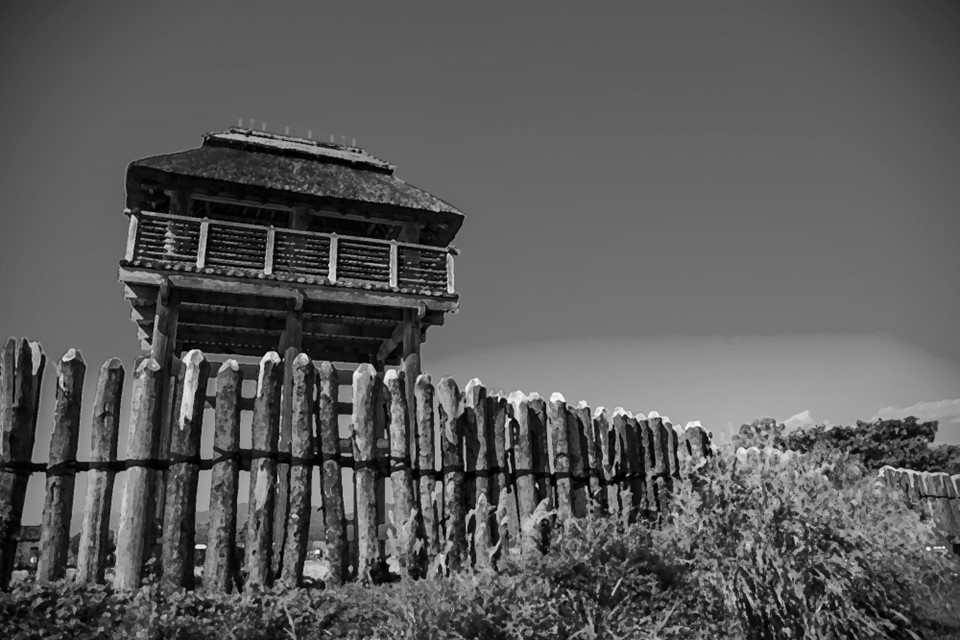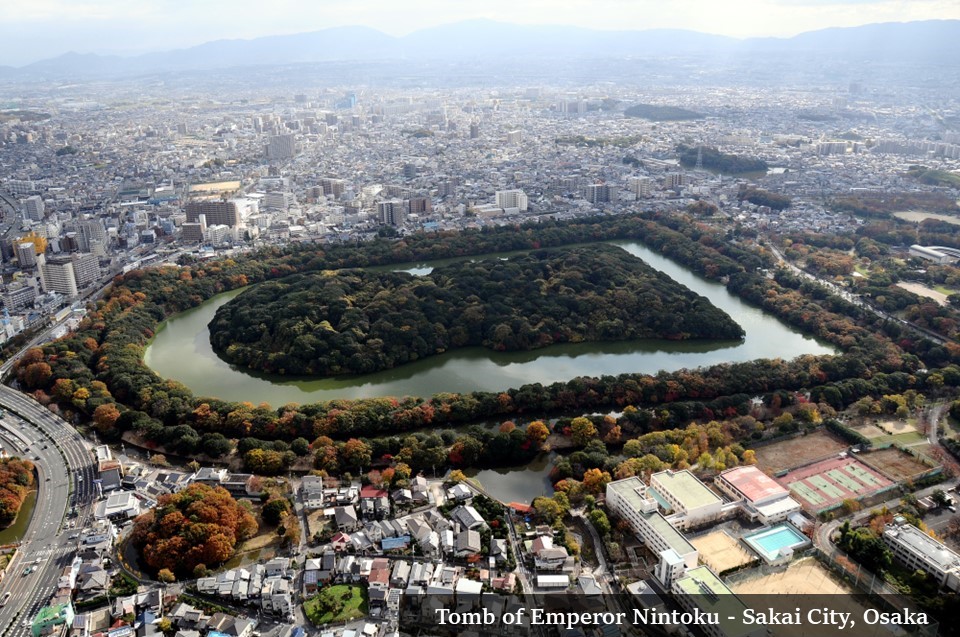Why Do Place Names Change?
Japan’s place names have undergone significant changes over time due to municipal mergers and administrative reorganizations. For example:
The Great Meiji Consolidation reduced more than 70,000 municipalities to about one-fifth of their original number.
The Great Showa Consolidation (1956-1961) reduced the number of municipalities from 10,000 to about 3,500.
The Heisei Consolidation (up to 2006) further reduced the number of municipalities from 3,232 to 1,821.
Why did these mergers take place? Historically, people’s lives were more localized, with daily activities contained within small communities. However, with advances in infrastructure such as roads and railways, lifestyles expanded beyond these local boundaries. This shift required administrative reorganization to improve public services, address financial challenges, and adapt to Japan’s aging population and declining birthrate. These changes were necessary to improve services and resources for the public.
How to Research Lost Place Names
When communities merge, many old place names disappear. Tracing your family history can be daunting when you’re faced with these now-extinct names. However, there are several ways to uncover this information:
Local government offices
Start by contacting the local government office where the old place name may have been located. Online searches can narrow down possibilities, but for accuracy, it’s best to inquire directly with the department that maintains the vital records. Be prepared to give a valid reason for your request, as privacy laws may require justification.
Regional legal offices
If the local government office cannot help, try the regional legal affairs bureau. They handle land and property registrations, which often include detailed records of past place names.
Local education authorities, libraries and museums
Boards of education often maintain databases of cultural resources and historical landmarks, which may include information on old place names. Libraries and museums can also be valuable resources, housing rare local publications and archives. Museum curators and local historians can provide deeper insights into your area of interest.
Japan Geospatial Information Agency (GSI)
For map enthusiasts, the GSI offers historical maps, such as the detailed “Ino Maps” created by cartographer Tadataka Ino. Their online “Old Map Collection” is an excellent resource for exploring historical geography.
Japan Post
If the changes you’re researching are relatively recent (post-2003), the Japan Post website provides detailed information on municipal mergers and postal code changes. This is an excellent starting point for determining current administrative divisions.
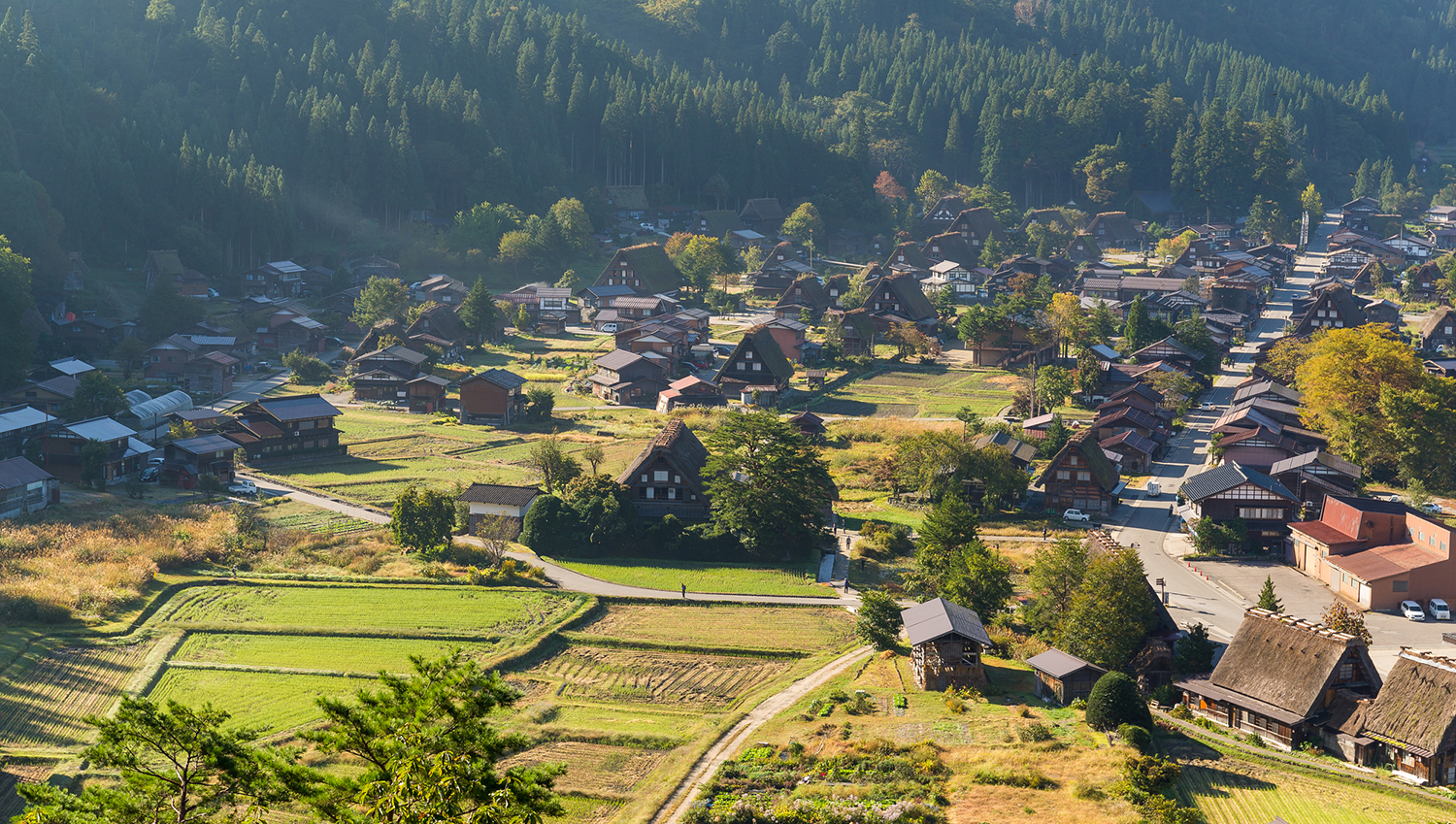
What If You Don’t Have the Time or Resources?
While researching old place names can be fascinating, it can also be time-consuming. If you’re short on time or resources, consider using our genealogy service. These services allow you to customize the depth of your research based on your budget and needs. Professionals can trace your ancestors through old family records, uncovering their residences and connections. Adding ancestral hometowns to your family tree can bring your lineage to life and provide a richer understanding of your roots.
Conclusion
Tracing your roots can seem daunting at first, especially when faced with changes in place names. However, with the resources and tips outlined above, you’ll find that uncovering the past is not only manageable but deeply rewarding. Understanding why place names have changed and how to navigate historical records can turn your curiosity into an exciting journey of discovery.
Whether you choose to do the research yourself or use a genealogy service, exploring your ancestry offers a unique opportunity to connect with your heritage. It’s a chance to uncover stories, discover surprises, and gain a deeper appreciation for your family’s history.
Take the first step and start exploring your roots today!

